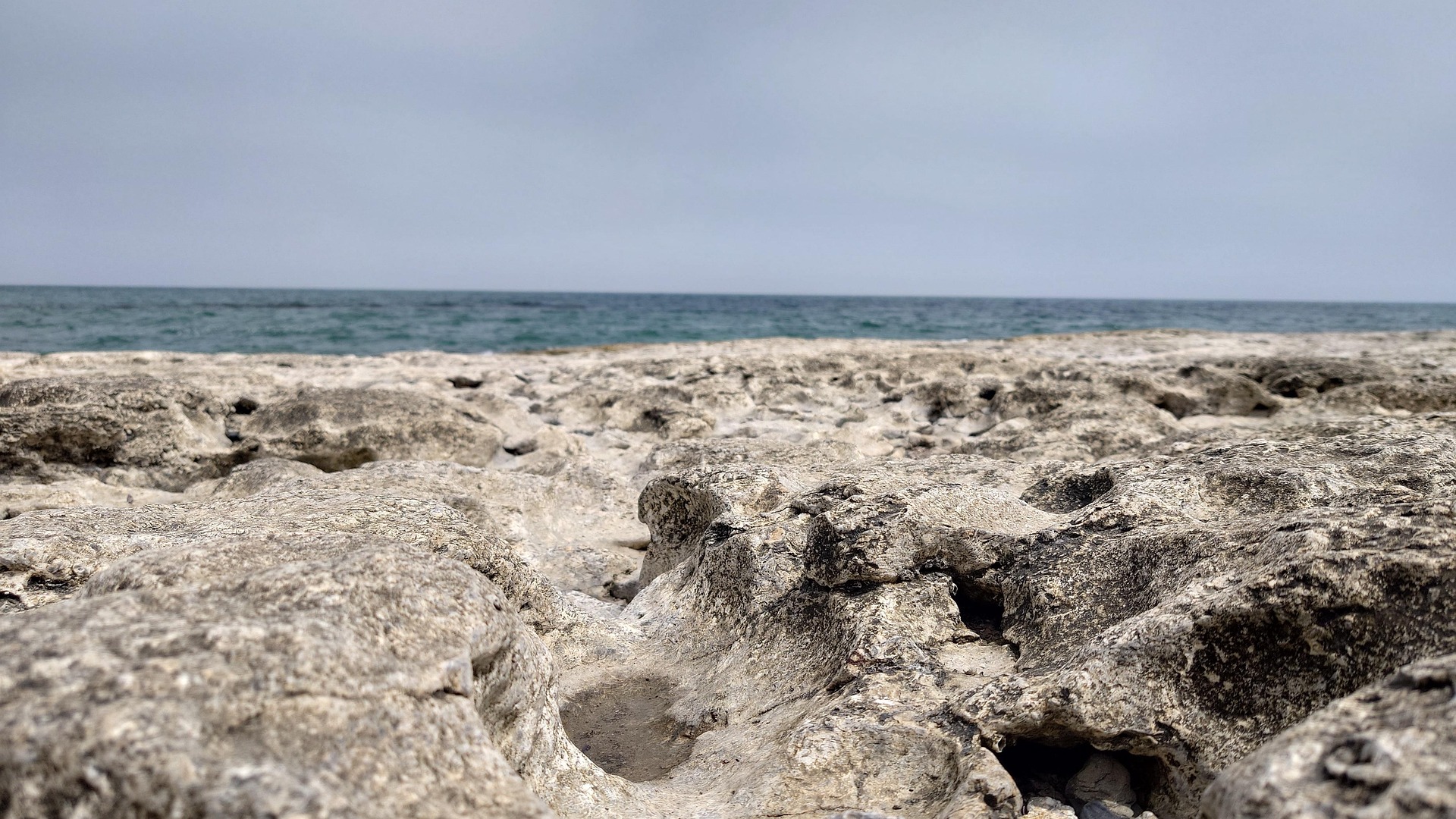Tue, 29/04/2025 - 14:21
A New Scientific Article on the Decline of Caspian Sea Levels Published
A new scientific analysis warns that the ongoing decline of the Caspian Sea level could lead to dramatic losses for biodiversity, conservation areas, and human industries across the region. Projections suggest that water levels could fall by 5 to 10 meters by the end of the century, driven by climate change, potentially reshaping the entire Caspian coastline and impacting millions of people.

Ecosystems at Risk
The study (“Rapid decline of Caspian Sea level threatens ecosystem integrity, biodiversity protection, and human infrastructure”) reveals that critical ecosystems and regions of ecological importance are highly vulnerable to even moderate sea level drops. Ecologically or Biologically Significant Marine Areas (EBSAs) and Important Marine Mammal Areas (IMMAs) could face devastating losses. A 5-meter decline would see more than half of some EBSAs disappear, and four completely vanish. Caspian ecoregions – unique zones defined by their environmental conditions – would also suffer, with three northern ecoregions losing over 80% of their coverage.
The endangered Caspian seal, which depends on winter sea ice for breeding, faces a particularly grim future. A 5-meter decline could wipe up to 81% of its breeding habitat. Sturgeon species, vital for regional fisheries and already under pressure, would lose significant portions of their summer and autumn habitats.
Currently, 16.8% of the Caspian Sea is under protection, but this could shrink to just 7% with a 5-meter decline, and a mere 1% if levels fall by 10 meters. Many protected areas would transform into dry land, losing their ecological value. Coastal terrestrial reserves would also be stranded kilometers inland, altering the delicate ecosystems they were established to protect.
Impacts on Ports, Oil Fields, and Fisheries
The retreating shoreline will have profound economic consequences. Coastal settlements, particularly in Kazakhstan and Russia, could find themselves tens to hundreds of kilometers from the new shoreline. Ports critical for trade, like Baku, Anzali, and Aktau, will have to adapt to increasing distances from the sea.
Oil and gas infrastructure will be severely affected as offshore facilities become isolated on dry land. Industrial fishing, especially for kilka, will collapse in the northern basin as shallow waters disappear, devastating artisanal fisheries.
Urgent Action Needed
The devastating impacts of sea level decline are not just future projections – they are happening now. The northeastern Caspian Sea has lost about 7,000 square kilometers of water coverage since 2001, a 46% reduction. Critical habitats, such as the Komsomol Bay EBSA and parts of the Volga and Ural deltas, are drying out. Caspian seal haul-out sites are disappearing, and major nature reserves like Kazakhstan’s Akzhayik State Nature Reserve are already seeing profound changes.
Without adaptation efforts, the Caspian Sea's decline could trigger cascading ecological, economic, and social crises. The study underscores the urgent need for coordinated regional strategies to address the impacts of climate change and to plan adaptive measures that safeguard both the natural environment and human communities.
